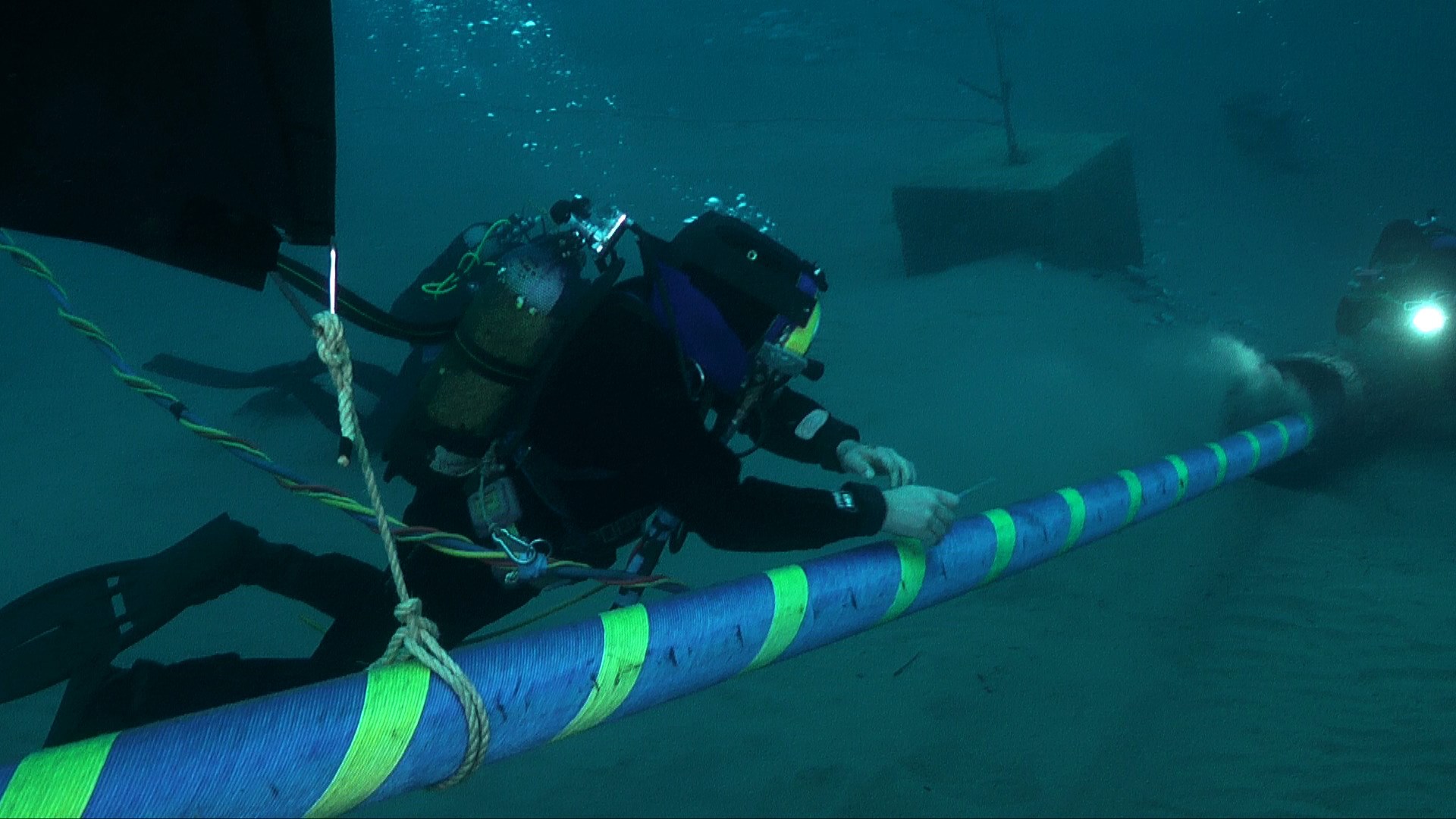All Terna’s electricity targets between Tunisia and Italy

The European Union will finance the construction of Terna's electricity interconnection with Tunisia with 307 million. All the details and political-energy ambitions of the Italian operator
Terna, the operator that manages the Italian electricity transmission grid, has announced that the European Union will finance the construction of an underwater line to transport electricity between Italy and Tunisia with 307 million euros . The project will cost a total of 850 million.
The European funds come from the Connecting Europe Facility, the European fund for investments in energy, digital, telecommunications and transport infrastructures between the member countries of the Union.
GREEN LIGHT FROM THE MINISTRY OF THE ENVIRONMENT
On Thursday, the Ministry of the Environment and Energy Security launched the authorization procedure for the construction of the interconnection, with a capacity of 600 megawatts.
Prime Minister Giorgia Meloni called the project "a great Italian success".
WHO WILL BUILD THE INFRASTRUCTURE
Terna and its Tunisian counterpart, STEG, will take care of the construction of the work: "for the first time", explains the Italian operator, "the Community funds" of the Connecting Europe Facility "were assigned to an infrastructural work developed by a member state and a third country".
The Italy-Tunisia interconnector is considered a project of common interest (or PCI, from project of common interest ): this is the term used for those infrastructural projects deemed of strategic importance for the European Union.
ALL THE DETAILS ON THE ITALY-TUNISIA ELECTRICITY INTERCONNECTION
The submarine electricity interconnector between Italy and Tunisia will be more than 200 kilometers long and will reach a maximum depth of 800 metres.
It will connect the electrical station of Partanna, in the province of Trapani, with a corresponding station in the Tunisian peninsula of Capo Bon, crossing the Sicilian channel.
In Partanna, a new infrastructure for converting direct current to alternating current will be built near the existing electricity station.
TERNA'S ENERGY-POLITICAL OBJECTIVES
In a press release, Terna – whose main shareholder is Cassa depositi e prestiti, controlled in turn by the Ministry of the Economy – states that "connections with foreign countries represent one of the cornerstones of the company's investments" in the coming years. : its latest grid development plan includes, in addition to the interconnection between Italy and Tunisia, power lines with France, Greece, Switzerland, Austria, plus the reconstruction of the connection between Sardinia-Corsica-Italy.
In particular, we read that the interconnection with Tunisia "will allow [Italy, ed ], by virtue of its strategic geographical position, to strengthen its role as an electricity hub in Europe and in the Mediterranean area, becoming a leading player at an international level ”.
WHAT BESSEGHINI SAID
In this regard, Terna's managing director, Stefano Besseghini, declared that thanks to the connection with Tunisia “Italy will be able to concretely become an energy hub in the Mediterranean. It is a strategic infrastructure for our country and for Europe, which will be able to contribute significantly to energy independence, the security of the electricity system and the development of renewable sources”.
ATTENTION TO NORTH AFRICA
North African countries are considered potential poles (or hubs ) for the production and export of electricity from renewable sources: in addition to being able to count on excellent wind and sun exposure, they are also geographically close to the European market.
According to Snam, the company that manages the Italian pipeline network, in addition to electricity, Italy could import green hydrogen from North Africa (a zero-emission fuel derived from wind and solar energy) at a price of 14 percent lower than that of domestic production.
Our country could also exploit the existing pipelines between northern Africa and Sicily, and then those between southern Italy and northern Italy, to transport hydrogen along the peninsula and to the rest of Europe. The transition towards low-emission sources could therefore make Mediterranean Europe, including Italy, a distribution center for green electricity and hydrogen between North Africa (production centre) and Northern Europe (place of consumption).
This is a machine translation from Italian language of a post published on Start Magazine at the URL https://www.startmag.it/energia/terna-interconnessione-italia-tunisia/ on Fri, 09 Dec 2022 14:21:59 +0000.
